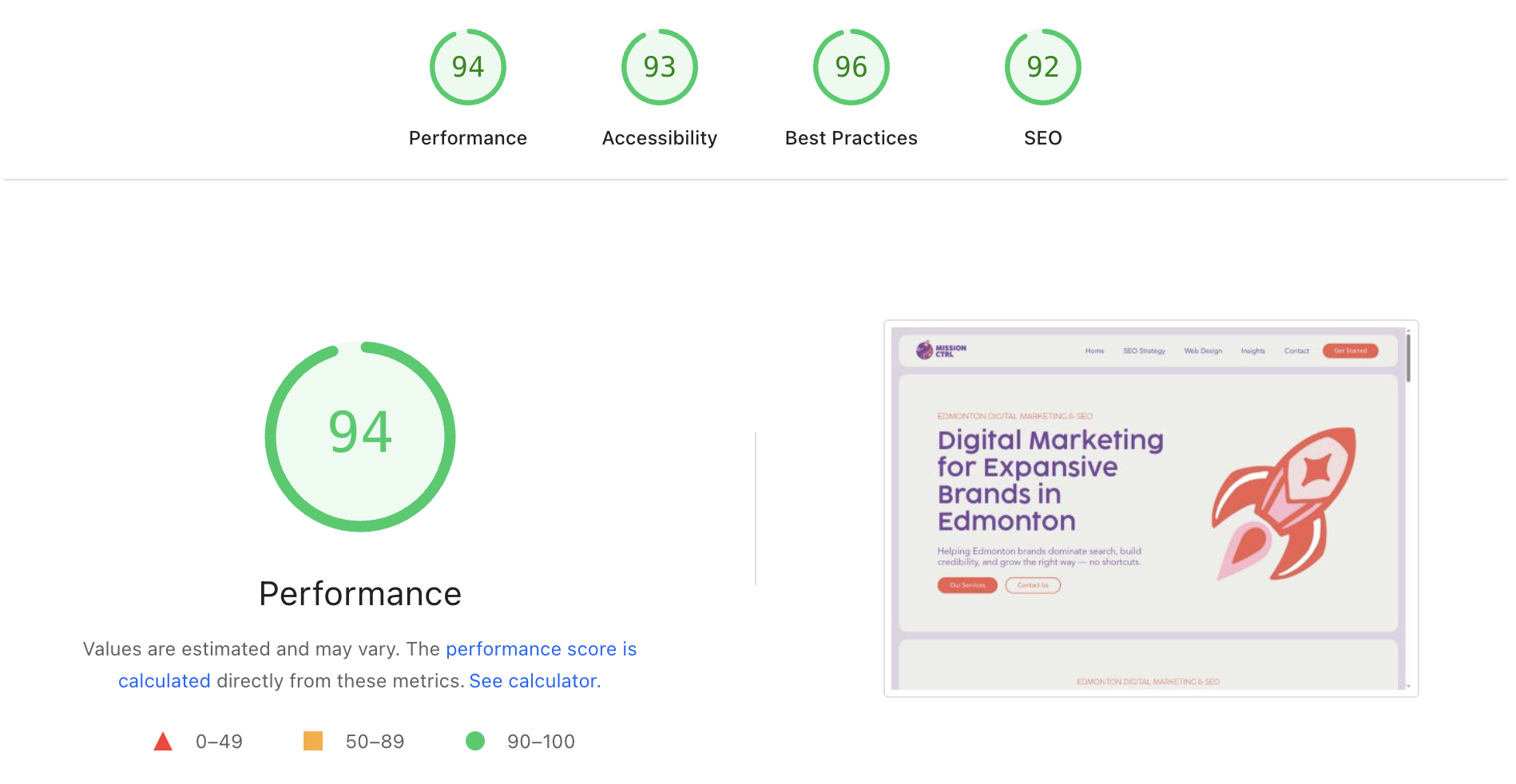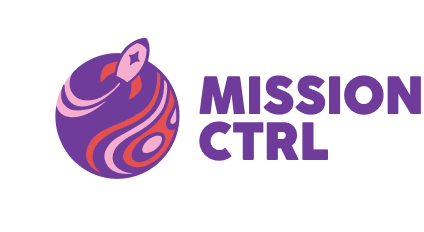Time to face the music. Search isn't what it used to be.
Five years ago, ranking on Google was the endgame. Today? It's just the beginning.
In this blog, we'll walk you through the shifting (and somewhat uncertain) landscape of SEO, its relationship to AEO, and if SEO still matters for your brand's online visibility.
Key Takeaways
TL;DR: SEO and AEO are both critical for growing your business in 2026. SEO gets you found, and AEO gets your answers chosen by search engines and AI tools.
- Search is changing: Voice and AI-powered searches are now a major share of how people find information—over 50% of searches happen by voice, and AI overviews appear on 31% of Google results.
- Real results, faster: Local businesses, like our bakery client, have seen 10,000 monthly impressions and 300 clicks from focusing on SEO and AEO together.
- Get found and picked: Structuring your content for both classic search and AI/voice answers helps you reach more people—whether they click a link or just need a quick answer.
- It’s all about quality: Backlinks, structured data, fast sites, and truly helpful content are the secret sauce for both SEO and AEO success.
- Continuous improvement wins: Reviewing analytics, updating content, and making small optimizations over time keeps you ahead as search keeps evolving.
.png)
The Numbers That Matter
In 2025, search got weirder. People aren't just Googling anymore. They're asking ChatGPT, barking questions at their phones, and trusting AI to answer directly (and accurately).
So, let's be clear about what's actually working in 2026.
If you're not on Google's first page, you're basically invisible. The top 3 organic results capture 54.4% of all clicks, while paid ads pull in a fraction of that.
Google's first position commands 39.8% CTR on organic results. The second position grabs 18.7%, and the third pulls in 10.2%.
Enter AI
AI changed the game in ways nobody expected.
AI responses now appear on 31% of search results, and instead of tanking organic CTRs like everyone feared, search results with AI responses maintain competitive CTRs while ads still take the hit. Ad clicks dropped from 1.7% to 1.5% for the top 3 positions. People are trusting AI summaries over paid ads.
Here's what's exciting: AEO optimization typically delivers results faster than traditional SEO. We've seen brands hit big visibility growth within two to four weeks through proper AEO strategies.

Real Results: Local Business Case Studies
These aren't theoretical numbers. Here's what happens when strategy meets execution.
A New Bakery: Building Authority in a Saturated Market
The Challenge: A new French bakery in a competitive market with established players. They faced the classic problem: How do you break through when bigger, older competitors own the search rankings?
The Strategy: Combine strong SEO fundamentals with AEO optimization. We restructured their site architecture with clear headings and optimized FAQ sections. Menu content got reorganized for both readability and search visibility.
The Results: 10,000 monthly impressions, 300 organic clicks, and a 4.7% CTR—significantly outperforming local bakeries that had been in business for years. They weren't competing on ad spend. They were competing on relevance and optimization.
The Magic: Build a strong foundation with proper keyword research, on-page optimization that considered both user intent and AI readability, and enough authority building through local citations reviews, and backlinks to outrank older competitors who hadn't updated their SEO in years.
The Heavy-Duty Mechanic: Expanding Beyond Geography
The Challenge: A heavy-duty mechanic targeting multiple service locations faced a different challenge: How do you rank across 14 different cities without your efforts getting diluted?
The Strategy: Localization combined with scalable optimization. They created dedicated pages for each service location, each optimized for local keywords but supported by broader service descriptions. They built citations across local directories in each market. They ensured technical SEO was solid—fast load times, mobile optimization, and proper schema markup for each location.
The Result: Traffic flowing from 14 locations, expanding reach far beyond their immediate area. This wasn't a fluke. It was strategic optimization applied consistently across multiple markets. When you get the fundamentals right and apply them at scale, you don't just rank in one place. You rank everywhere your customers are looking.

SEO Today: The Foundation That Still Holds
You've probably heard the SEO prophets of woe proclaiming "SEO is dead".
It's not dead. It's just evolving.
Here's what actually moves the needle.
Keyword Research That Converts
Stop chasing volume. The mechanic previously mentioned didn't target "mechanic". They targeted "heavy-duty mechanic in (city)" or "mobile small engine repair in (city) and replicated that across 14 markets.
Long-tail keywords attract people ready to buy. Use SEMrush, Ahrefs, or Ubersuggest to find keywords with solid search volume but realistic competition. Small wins compound. Build momentum before tackling higher difficulty keywords.
Trying monitoring your Google Search Console and filter which queries you gain impressions for but not clicks. Begin writing content that answers specific questions that your audience is asking.

On-Page Optimization: Yes, It Still Matters
Everything on your site matters:
- Title tags & meta descriptions make them click-worthy and keyword-aware
- Headings & structure break content into scannable sections (AI tools love this)
- URLs kept short, clean, and descriptive
- Images optimized for speed with alt text (wins on accessibility and SEO)
- Schemas on every page where necessary. Make it easy for AI and Search engines to read your website at all times.
The bakery restructured their menu with clear headings. The mechanic created service-specific pages for each location. Both saw measurable improvements in CTR because the search results actually told users what they'd find on each page.
Building Authority Off Your Site
Backlinks remain one of SEO's most powerful signals.
Pages that include original research or data earn 24% more backlinks than generic opinion pieces.
Skyscraper content (expanded, improved versions of existing content) pulls in 197% more backlinks. Linkable assets like free tools, templates, and calculators deliver 38% higher link ROI in 2025.
Technical SEO: The Boring Stuff That Drives Results
- Page speed ranks higher and keeps users engaged
- Mobile-first indexing means Google crawls mobile versions first
- HTTPS & schema markup signal trust to both search engines and AI tools
Both the bakery and mechanic saw measurable jumps after fixing technical issues. It's unsexy, but it works.

AEO: Making Your Content Machine-Readable
AEO is the bridge between human-written content and AI-powered discovery.
Answer questions before they're asked. The bakery's FAQ content showed up in voice searches and "near me" queries. The mechanic's service descriptions answered questions instantly, increasing lead flow.
AI tools extract these answers directly. No click needed initially, but visibility is guaranteed.
Structure for discovery is critical. Use headings and subheadings to create clear hierarchy. Use bullet lists and numbered steps. AI loves scannable formats. Write in natural, conversational tone (not robot-speak). Lead with 50–100 words that directly answer the core question.
Schema markup and structured data tell AI exactly what your content is about. FAQ schema, Breadcrumb schema, Article schema, LocalBusiness schema. They're giving AI a cheat sheet to your website, leading to better readability and better chances showing your content over someone else's.
What Hasn't Changed: Content Quality
The best SEO strategy and the best AEO strategy both start with the same thing: content that actually helps people.
- Answer questions your audience actually has.
- Make content easy to scan with headings, visuals, and whitespace.
- Keep it fresh. Updates signal that you care about accuracy.
- Engagement matters: longer session time, more shares, and higher link potential.
Great content works for both humans and machines. That's the baseline.
Tracking What Actually Works
SEO and AEO aren't "set it and forget it." Real visibility requires measurement.
Tools that matter: Google Analytics & Search Console show clicks, impressions, CTR, and user behaviour. Track keyword rankings and adjust content based on position changes. Run SEO audits to catch broken links, duplicate content, and slow pages.
What to watch: Small, consistent tweaks compound fast. The bakery now ranks first for multiple local keywords. The mechanic reaches leads across 14 cities. Neither happened overnight—both came from sustained optimization and regular measurement.
Start with your most important pages. Optimize them for both SEO (user intent, keywords, authority) and AEO (clear answers, structure, schema markup). Measure everything. Expand from there. This is how you build sustainable traffic without relying on paid ads or hoping algorithms change in your favour.
Frequently Asked Questions
Q: What is the difference between SEO and AEO?
A: SEO focuses on how your website shows up on search engines like Google or Bing. AEO focuses on how your website shows up on Large Language Models (LLMs) like ChatGPT, Gemini, or Perplexity.
Q: Will AEO replace SEO?
A: Not presently. SEO remains vital for website visibility on Google and other search engines. That said, as AI and AEO grow in popularity, it could become the new way people search for content in years to come.
Q: Is SEO still worth doing in 2026?
A: Absolutely! SEO remains relevant and deserves to have your brands focus. SEO and AEO should work in tandem and shouldn't be a matter of working on one without the other.
------
Mission Ctrl takes the guesswork out of visibility. We help brands navigate SEO and AEO so you can focus on what matters – reaching your brands potential.





